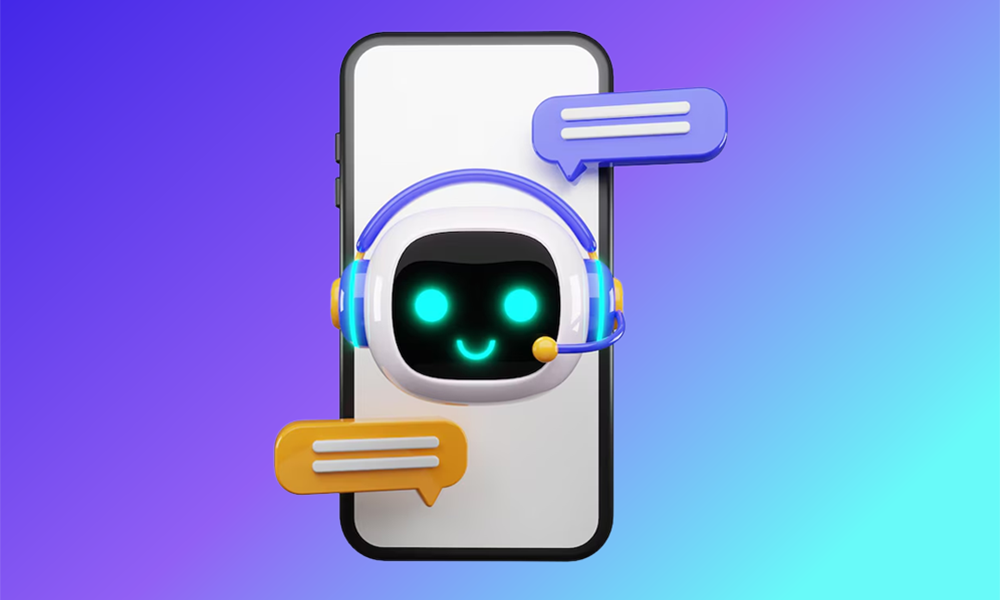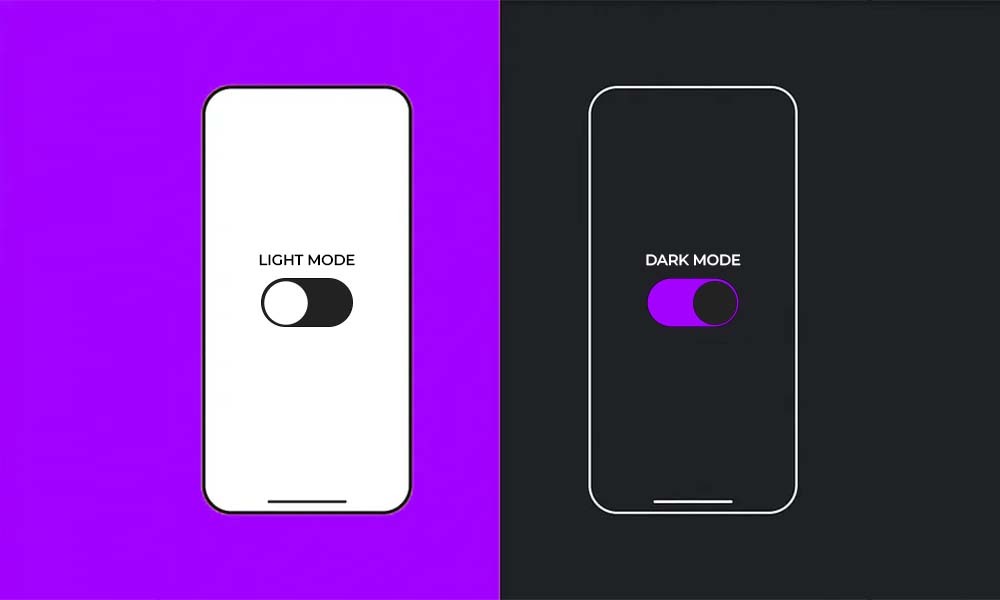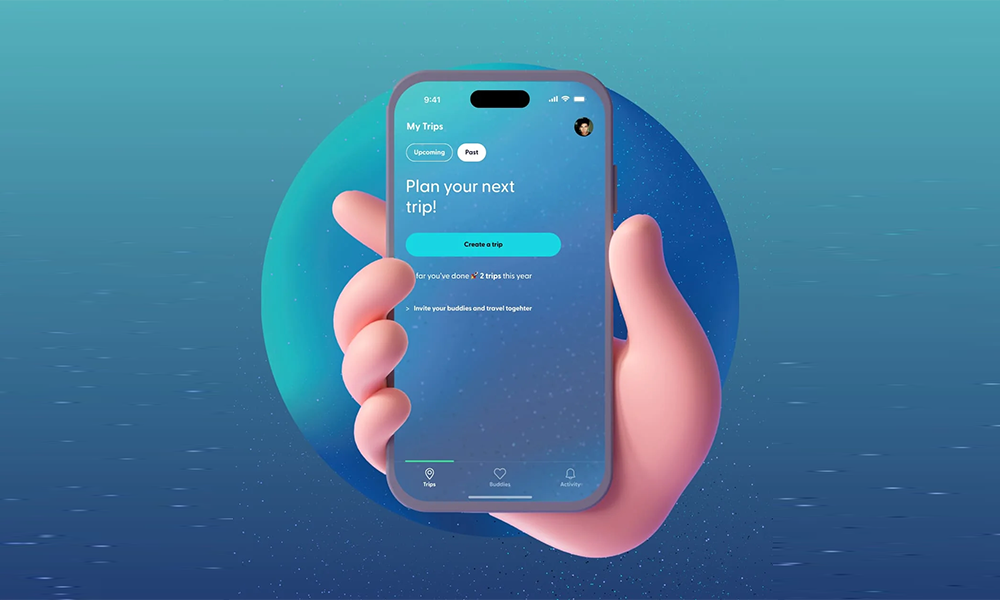
How do you actually make money from your app?
Pricing your app isn’t just about slapping a number on it and hoping for the best. It’s about understanding how people think when they see that price tag, because most of us don’t make rational decisions when we’re staring at an Upgrade Now button.
We make emotional ones.
So, do you go free and hope for mass adoption?
Charge upfront and scare people away?
Or try the freemium model and pray users actually convert?
Let’s break it down!
Why Pricing Is More Psychology Than Math
Think about the last time you downloaded an app. Did you carefully analyze its value proposition before hitting Install, or did you just think, Eh, it’s free – why not?
Exactly.
Pricing isn’t just about covering costs or making a profit. It’s about how people perceive value, and that perception changes depending on whether your app is free, paid, or freemium.
Here’s the deal…
Free Apps
Free apps get way more downloads. That’s obvious. But free comes with a catch:
Pros:
- Low barrier to entry. People download without thinking.
- Great for building a large user base quickly, and it is easier to go viral.
Cons:
- Users don’t value free things as much, so they’re quick to delete.
- You need another way to make money, like ads, in-app purchases, or data, which can annoy users.
- Free users are harder to convert into paying customers later.
Free apps work best as social apps, like Instagram, TikTok, apps that rely on network effects, or apps that monetize through ads or premium upgrades.
Paid Apps
Asking people to pay upfront for an app is like asking them to buy a drink before they’ve even tasted it. Risky.
Pros:
- Immediate revenue.
- Higher-quality users, as people who pay, tend to actually use the app.
- No need to fill your app with ads or upsells.
Cons:
- Way fewer downloads because most people won’t pay unless they already know and trust you.
- Harder to get initial traction. No one wants to be the first to pay for an unknown app.
- Refund requests and higher support expectations.
Productivity tools and niche professional apps are the best, as paid ones or apps with a clear, undeniable value, as if yours is truly better than free alternatives.
Paid apps can backfire when they’re in crowded markets where free alternatives exist, or paid social or entertainment apps, because people expect these to be free.
Freemium
Freemium is the sweet spot between free and paid. Give users a taste for free, then charge for the good stuff.
Pros:
- Low barrier to entry. People download without hesitation.
- You can still make money from power users.
- Easier to build trust before asking for payment.
Cons:
- Balancing free vs. paid features is tricky. Give too much, and no one upgrades; give too little, and people quit.
- Requires ongoing updates to keep free users engaged.
- It can attract freebie hunters who never convert.
Freemium works best for fitness apps – free basic workouts, pay for advanced plans, dating apps where it’s free to swipe, pay to send a message, and gaming apps – free to play, pay for power-ups.
Though freemium can backfire if the free version feels useless, users won’t stick around to upgrade, or if the paid features don’t feel worth it, because why pay when free does the job?
The Psychology Behind What Actually Converts Users
Now that we’ve covered the models, let’s talk about how to make them work. Pricing isn’t only about numbers, it’s about how you represent them.
1. The Power of Free Even If It’s Not Really Free
The word free is like catnip for users. Even if your app is freemium, lead with free.
Bad: Try our app for $4.99/month!
Good: Download for free! Upgrade for premium features.
People hate losing things they already have. If they start using your app for free, they’re more likely to pay to keep those benefits.
2. The Decoy Effect (Why 9.99 Feels Cheaper Than 10)
Pricing isn’t just about the amount, it’s about how it’s framed. This is why so many apps offer multiple tiers. The highest tier makes the middle one look like a steal.
3. The Why Pay? Factor
People won’t pay just because you ask them to. They’ll pay if they’re already hooked by using your app daily, the paid features solve a real pain point, not just nice-to-haves, or they see others getting value (testimonials, success stories).
If your conversions are low, then ask yourself if YOU’d pay for this?
If the answer isn’t a hell yes, rethink your pricing.
Real-World Pricing Strategies That Work
1. The Free Trial Bait-and-Switch
Give users a free trial, then auto-bill them.
Controversial? Maybe. Effective? Absolutely.
Works best for subscription apps like fitness or productivity. Just be upfront about it because no one likes sneaky charges.
2. The Pay Once, Keep Forever Model
More apps are ditching subscriptions for one-time purchases.
Why?
Because people hate recurring bills.
It’s best for niche tools like photo editors and apps with loyal users who don’t need constant updates.
3. The Pay What You Want Experiment
Some apps let users choose their price. Surprisingly, many pay more than the minimum. This works best for indie apps with passionate communities or apps where users feel good supporting the creator.
So, how do you pick the best model for your app?
Still unsure? Ask yourself who your users are, how you make money, and what your competition is doing.
Conclusion
There’s no one perfect answer. The best pricing model is the one that your users respond to.
- Try A/B testing different price points.
- Survey users on what they’d pay.
- Watch your metrics – conversion rates, churn, revenue per user.
Pricing isn’t set in stone. The most successful apps tweak theirs constantly.
Need help finding the perfect rice for your app? Give us a call at (512) 885-0379 for a free consultation with The Apptitude.




